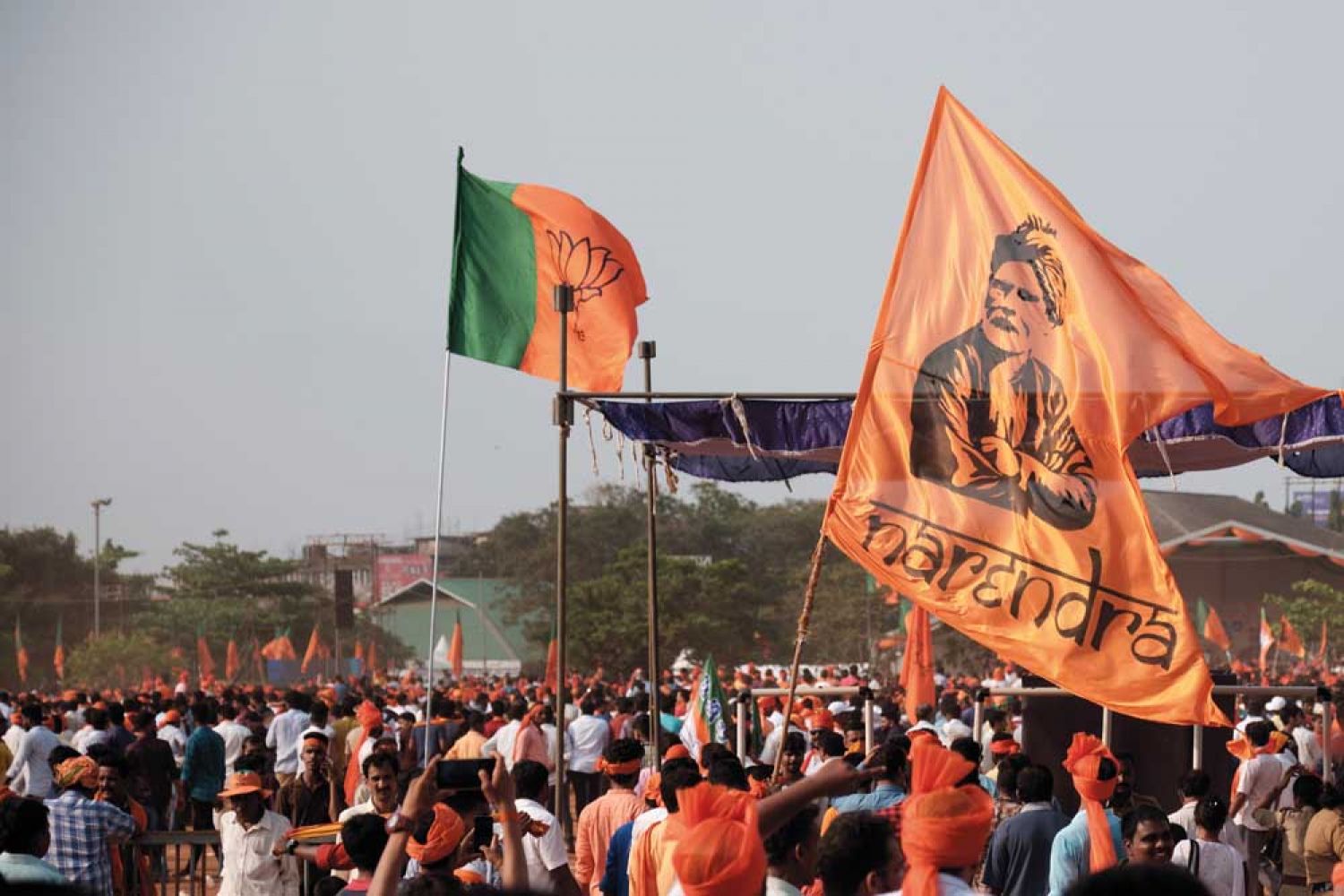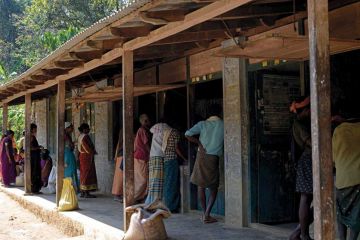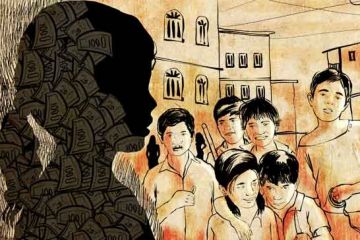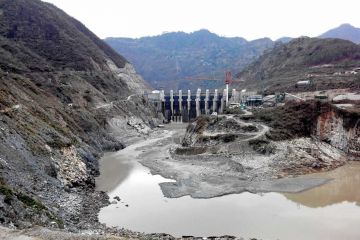
Summer in Mangaluru—a
breezeless day, the air heavy with sweat. Just for a moment, Jayprashanth
Kumar, or J.P. as his friends call him, wants to get away from the crowd.
That’s when he spots a
rain tree. Standing right next to a police van on Maidan road, the tree offers
a momentary respite. Pavit and Yatish, J.P.’s closest friends, haul themselves
up first, followed by J.P.
Perched on top, J.P.
can see a sea of saffron approaching Nehru Maidan. It is a Saturday, five days
bef





